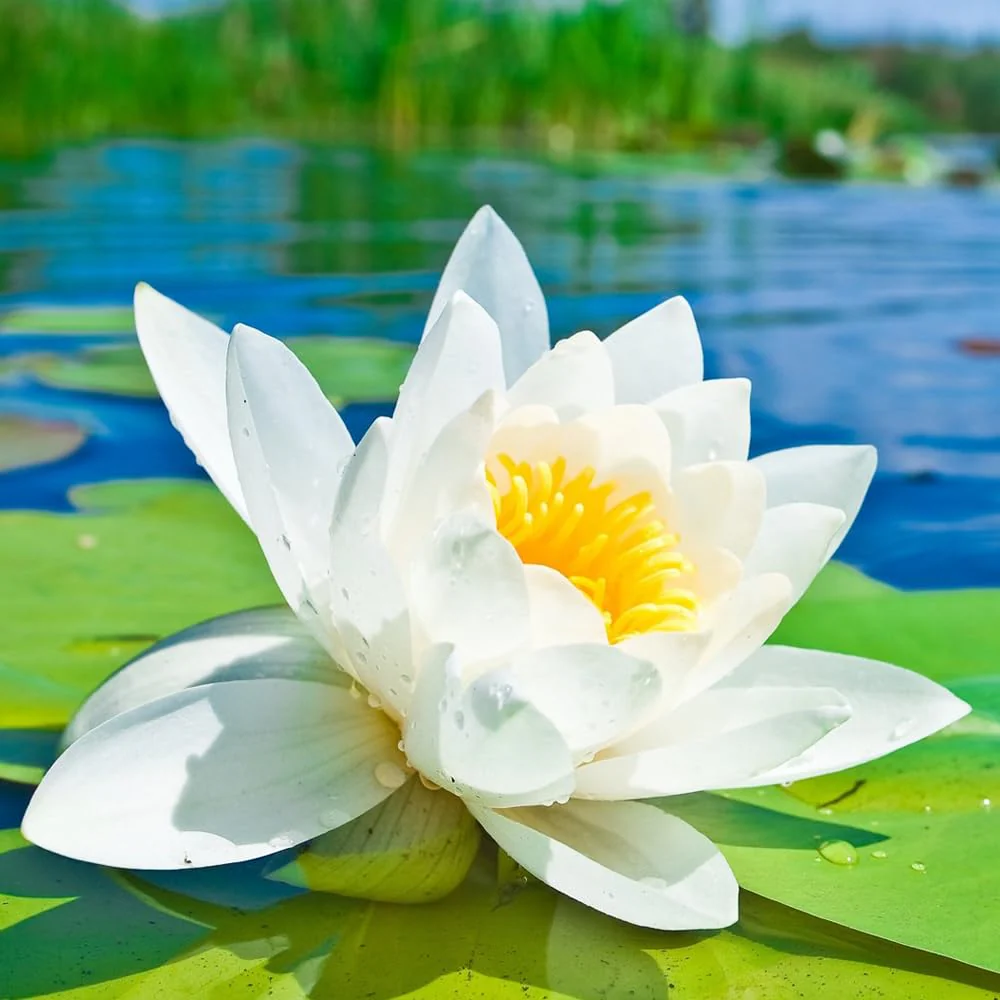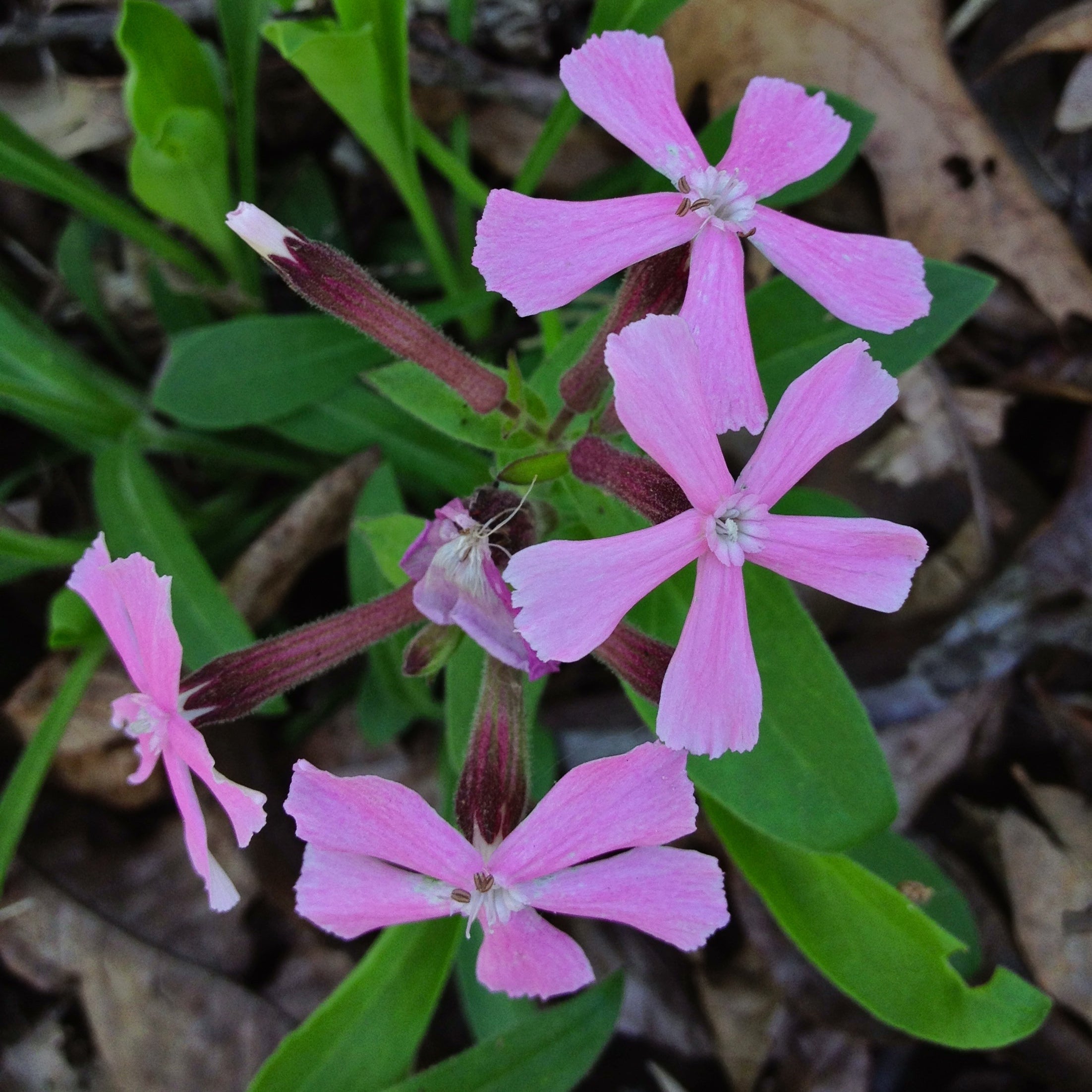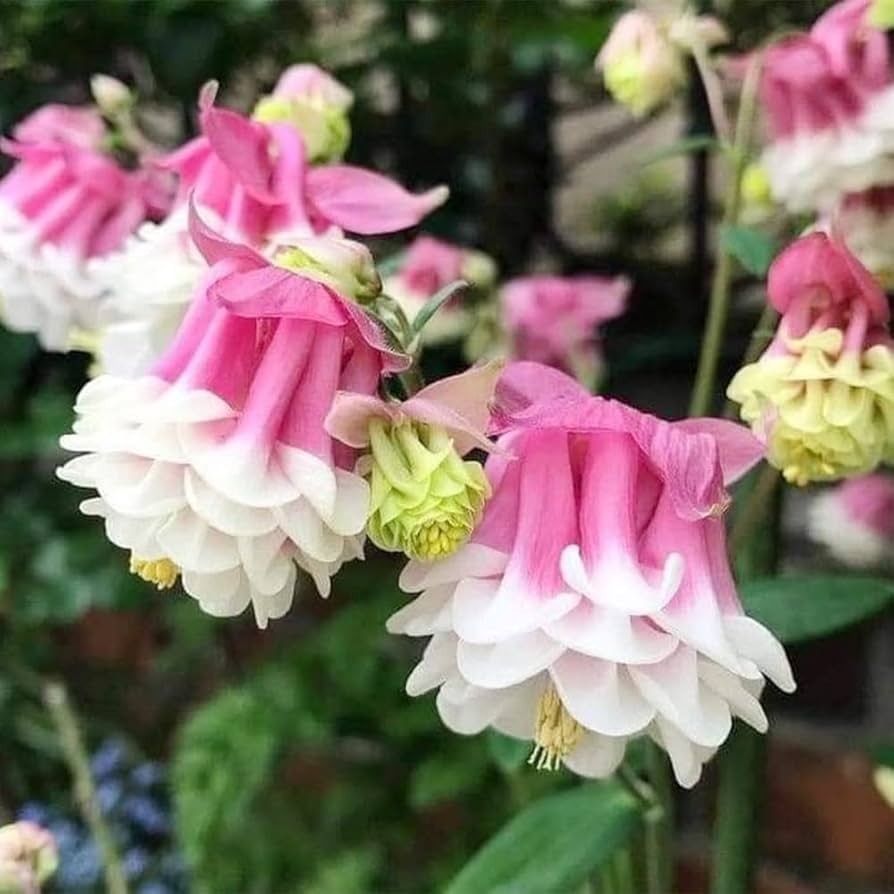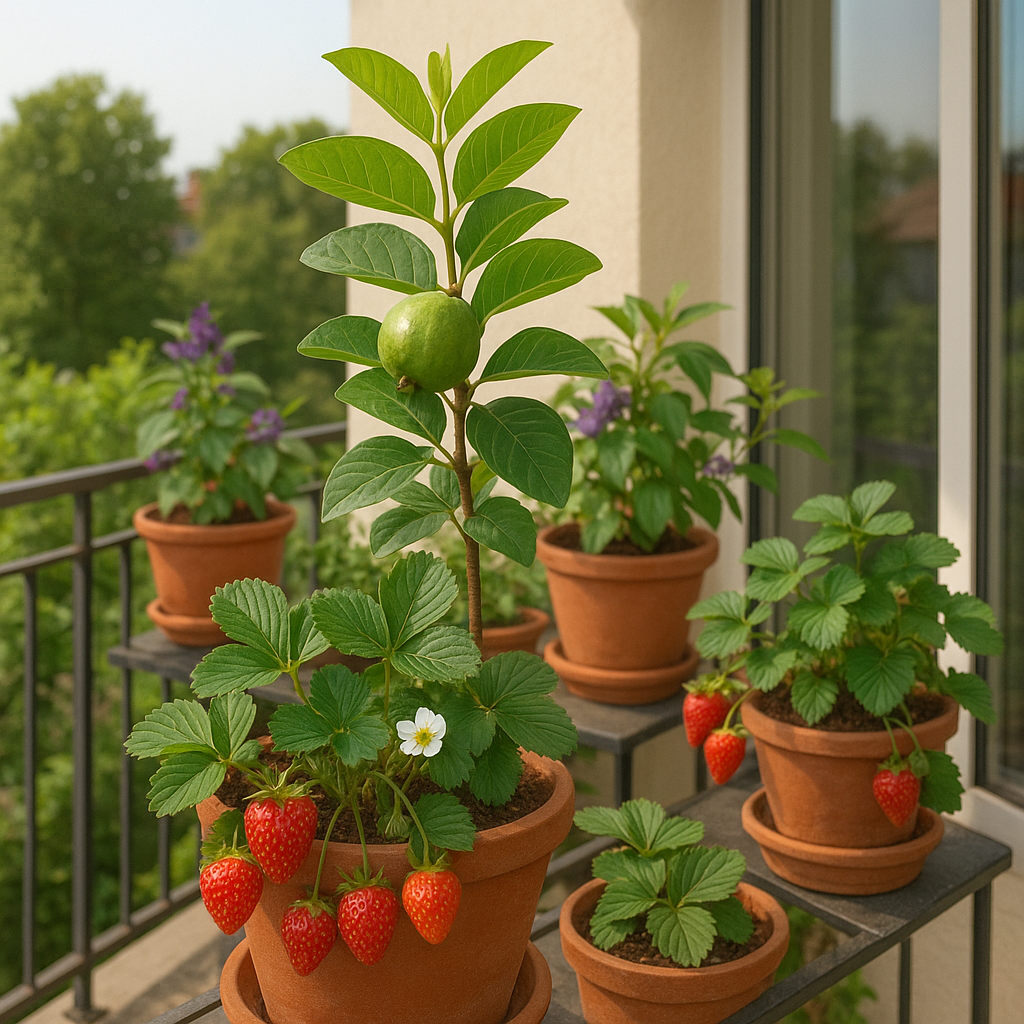Creating a mini fruit garden at home is a fun and rewarding way to enjoy fresh, organic produce while connecting with nature. Whether you have a small backyard, balcony, or even just a sunny windowsill, you can grow fruits from seeds and enjoy the satisfaction of harvesting your own sweet bounty.
This beginner’s guide will walk you through the essentials of starting your own compact fruit garden from seeds, even in limited space.

Why Grow Fruits from Seeds at Home?
Starting your fruit garden from seeds offers several advantages:
-
Cost-effective: Seeds are more affordable than nursery plants.
-
More variety: Access to rare, heirloom, and exotic fruits.
-
Healthier plants: You control the growing conditions from day one.
-
Sustainable: No chemicals, plastic pots, or transportation involved.
-
Satisfying: Watch your fruit plants grow from tiny seeds to mature producers.
Best Fruits to Grow from Seeds in a Small Space
When creating a mini fruit garden, it’s essential to choose compact or container-friendly fruit plants. Here are ideal options:
-
Strawberries – Perfect for containers, hanging pots, or raised beds
-
Papaya – Grows quickly and thrives in large pots with good sunlight
-
Watermelon (Dwarf Varieties) – Bush types can thrive in containers
-
Guava – Hardy and ideal for warm climates; suitable for pots
-
Passion Fruit – A fast-growing vine great for vertical space
-
Lemons or Citrus – Dwarf lemon trees grow well from seeds indoors
-
Pineapple – Grown from tops or seeds; suitable for sunny balconies

What You Need to Start a Mini Fruit Garden
Before you sow, gather these basic tools:
-
Organic fruit seeds (choose disease-resistant, high-quality varieties)
-
Pots or containers with drainage holes
-
Potting mix rich in compost and organic matter
-
Grow lights (if indoors with low sunlight)
-
Labels, watering can, and spray bottle
How to Start Growing Fruits from Seeds
1. Prepare the Seeds
Some fruit seeds need special prep:
-
Cold stratify seeds like apple or strawberry (refrigerate for 2–4 weeks)
-
Soak seeds like papaya, watermelon, or citrus for faster germination
-
Dry fresh seeds for 2–3 days before planting to prevent rot
2. Choose the Right Containers
For a mini fruit garden, start seeds in small pots or seed trays and transplant to:
-
10–12 inch pots for papaya, guava, or citrus
-
Hanging baskets for strawberries
-
Grow bags for watermelon or melons
-
Vertical planters or trellises for vining fruits like passion fruit
3. Sow the Seeds
-
Fill containers with moist potting mix
-
Plant seeds at proper depth (usually 2–3 times the seed’s size)
-
Cover lightly with soil and mist water gently
4. Create a Fruit-Friendly Environment
-
Place containers in a sunny spot (6–8 hours of sunlight daily)
-
Keep the soil consistently moist but not soggy
-
Use organic compost or fertilizer monthly

Caring for Your Mini Fruit Garden
-
Watering: Adjust based on the fruit type and weather. Overwatering causes root rot.
-
Pruning: Trim extra leaves or stems to encourage fruiting.
-
Pollination: Gently shake indoor plants or use a soft brush to help pollinate.
-
Pests: Use neem oil or homemade sprays to keep aphids and mites away.
When to Expect Fruit
Growing fruit from seeds requires patience. Here’s a general timeline:
-
Strawberries: 4–6 months
-
Papaya: 9–12 months
-
Guava: 1–2 years
-
Citrus: 2–3 years
-
Passion Fruit: 6–9 months
Note: Fruiting time varies by care, environment, and variety.
Final Thoughts
Starting a mini fruit garden at home is one of the most fulfilling ways to enjoy fresh produce, reduce grocery costs, and embrace sustainable living. Whether you're growing organic strawberries from seeds in a pot or nurturing a papaya tree on your balcony, small efforts can bring sweet rewards.
Browse premium fruit seeds online at PureAsiaSeeds.com and kickstart your fruit-growing journey today — right from seed to sweet success!








